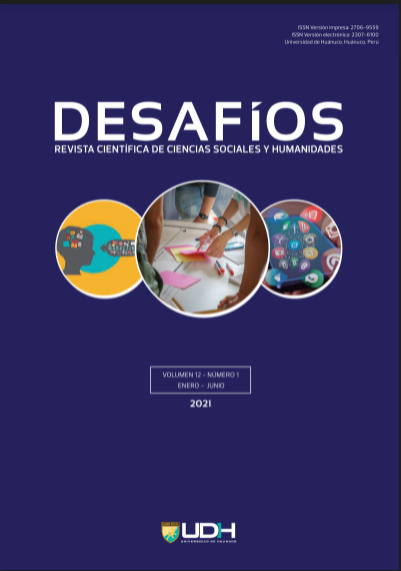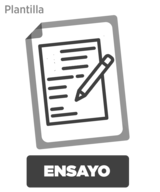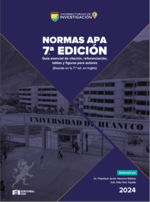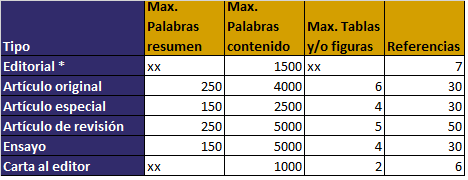Connectivism, a new learning paradigm?
DOI:
https://doi.org/10.37711/desafios.2021.12.1.259Keywords:
connectivism, digital era, artificial education, connectismAbstract
This article exposes and argues the learning theory called connectivism; a new learning paradigm that is beginning to be applied in this digital era, based on the interconnection of the nodes of a wide network of information and knowledge. The paper mentions some theories that gave rise to this new type of learning, as well as the foundations of this theory by its creators and advocates. The role of the teacher in this new form of learning and the importance of the student or participant node are explained; also, how this theory could evolve by implementing artificial intelligence and how intelligent connections could be achieved. Finally, the theory is projected to a new form of learning based on artificial education, resorting to intelligent nodes and conjecturing, in a certain way, the rupture of the indispensability of the teacher in this learning process.
Downloads
Published
How to Cite
Issue
Section
License
Copyright (c) 2021 Edgardo Cristiam Iván López De La Cruz, Frank Edmundo Escobedo Bailón

This work is licensed under a Creative Commons Attribution 4.0 International License.
a. Los autores conservan los derechos de propiedad intelectual (copyright) de las obras publicadas, cediendole a la revista el derecho de primera publicación.
b. Los autores retienen sus derechos de marca y patente, y también sobre cualquier proceso o procedimiento descrito en el artículo.
c. Los autores retienen el derecho de compartir, copiar, distribuir, ejecutar y comunicar públicamente el artículo publicado en la RD (por ejemplo, colocarlo en un repositorio institucional o publicarlo en un libro), con un reconocimiento de su publicación inicial en la RD.
d. Los autores retienen el derecho a hacer una posterior publicación de su trabajo, de utilizar el artículo o cualquier parte de aquel (por ejemplo: una compilación de sus trabajos, notas para conferencias, tesis, o para un libro), siempre que indiquen la fuente de publicación (autores del trabajo, revista, volumen, número y fecha).
























